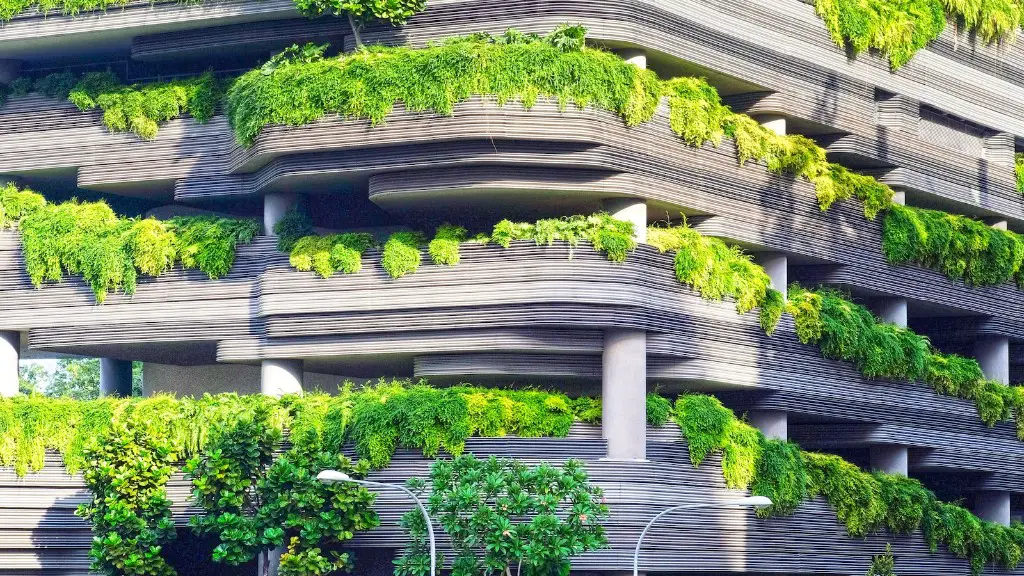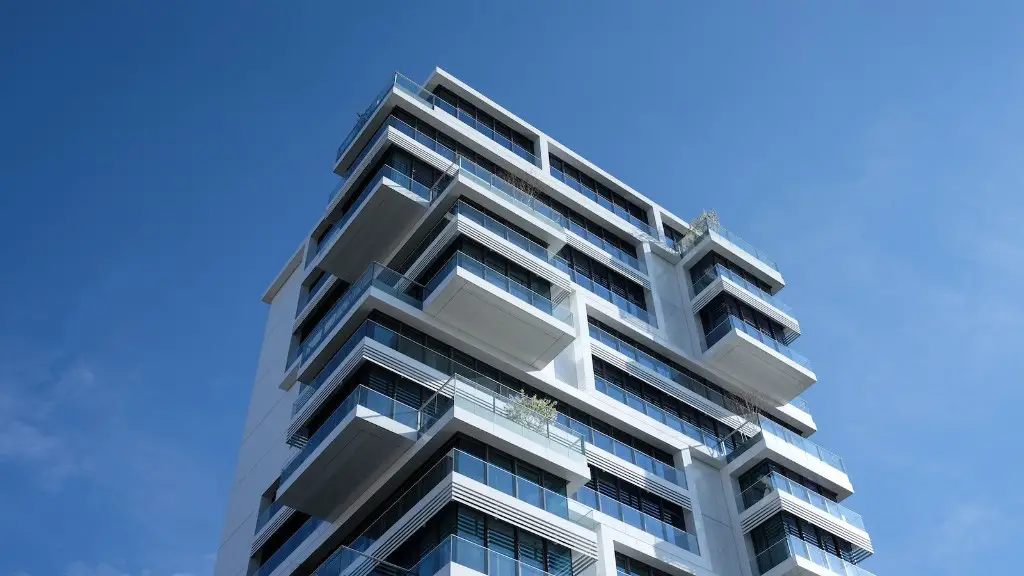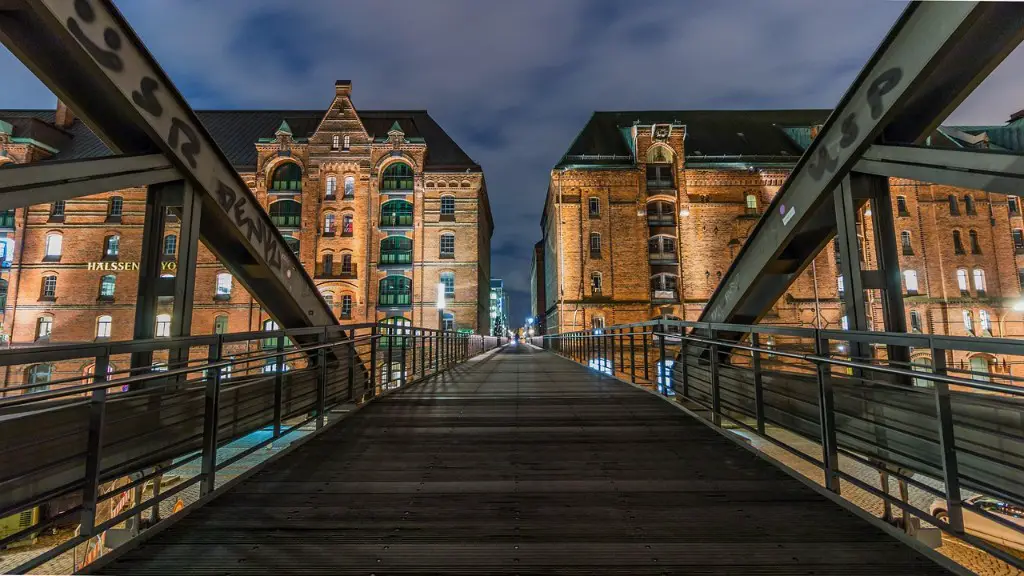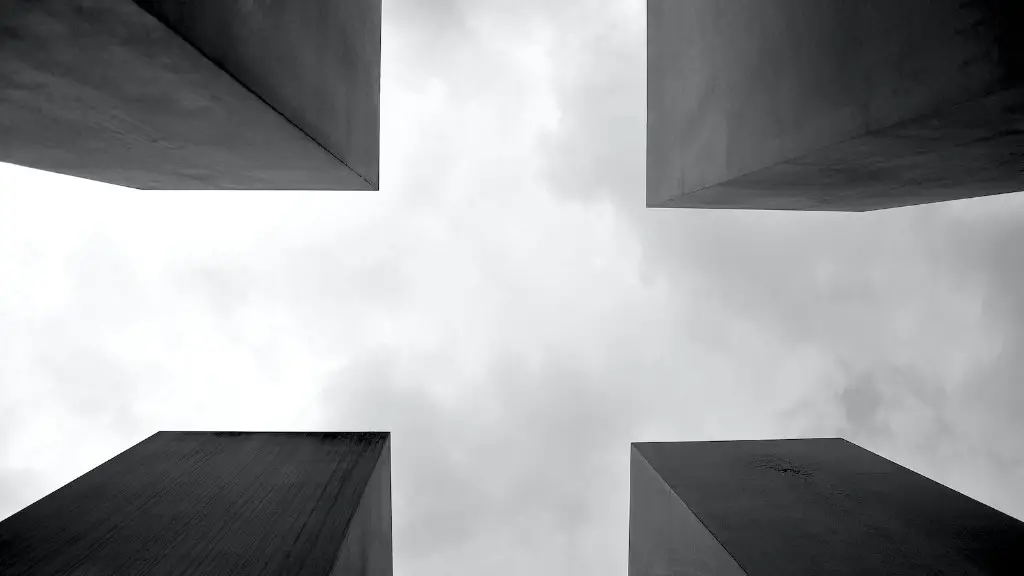Renaissance architecture is a term used to refer to the architectural style of the European Renaissance. This period saw a revival of the Classical orders of architecture and a move away from the more ornate Gothic style. Renaissance architects used classical forms and proportions to create harmonious buildings. Many of the most iconic buildings from this period, such as the Florence Cathedral and the Palazzo Vecchio, still stand today and remain some of the most popular tourist destinations in the world.
Renaissance architecture is a style of architecture that emerged in the 15th century and reached its peak in the 16th century in Italy.
Characteristics of Renaissance architecture include symmetry, proportion, and the use of classical elements such as columns, pilasters, and entablatures. Renaissance architecture is often associated with the development of central and public spaces such as courtyards, piazzas, and city squares.
What is the meaning of Renaissance architecture?
The Renaissance style of building and decoration arose in the early 15th century in Italy. It was based on the study and adaptation of the Roman classic orders and design. This style spread later through western Europe, succeeding the Gothic style.
Renaissance buildings are characterized by the use of the classical orders and mathematically precise ratios of height and width. They also exhibit a desire for symmetry, proportion, and harmony. Columns, pediments, arches, and domes are imaginatively used in buildings of all types.
What was the focus of Renaissance architecture
Renaissance architecture heavily focused on the classical notions of beauty, which were based on proportion and symmetry. Many building plans during this time period were symmetrical squares, and geometry played a big role in the overall design.
The principles of Renaissance architecture are based on five classic styles that come from Greek-Roman architecture: Doric, ionic, Corinthian, Tuscan and composite. The arches are normally semicircular and are often placed in a particular way so that they form real arcades.
What are the 3 main characteristics of the Renaissance?
The Renaissance was a period of great cultural change and achievement, marked by a renewed interest in classical antiquity, the rise of humanist philosophy, and radical changes in ideas about religion, politics, and science. These changes had a profound and lasting impact on European culture and society.
The Renaissance was a time of great change and creativity in Europe. The seven characteristics of the Renaissance are as follows: Rebirth of Naturalism, Perspective and Depth in Art, Creation of Non Religious Themes, Privately Owned Art, Advancements in New Technologies, Shift in Balance of Power among Europe’s Ruling Elite. These characteristics helped to shape the world we live in today.
Why was Renaissance architecture important?
As in the Classical period, proportion was the most important factor of beauty; Renaissance architects found a harmony between human proportions and buildings. This concern for proportion resulted in clear, easily comprehended space and mass, which distinguishes the Renaissance style from the more complex Gothic.
Roman ruins were a big inspiration for the Renaissance style. This was because they were seen as a sign of grandeur and power. The style itself is a revival of the techniques used by the ancient Greeks and Romans. It also innovates them to create something new and unique.
What is the most famous example of Renaissance architecture
Designed by Alberti, Raphael, Bramante, Michelangelo, and Bernini, St Peter’s Basilica is one of the most renowned works of Renaissance architecture. Its artistry, architectural grandeur and sheer mass cemented the status of Rome as the home of Christianity. The basilica was designed to be the biggest and most impressive church in the world, and it certainly achieved that goal. It is an absolutely massive building, and its interior is decorated with some of the finest art and architecture in the world. If you’re ever in Rome, it is definitely worth a visit.
The Renaissance began in Italy in the late 13th century and spread throughout Europe over the next centuries. The term “renaissance” means “rebirth,” and this period was characterized by a renewed interest in the culture and traditions of ancient Greece and Rome. Along with this revival of classical learning came advances in the fields of art, science and technology. The Renaissance was a time of great creativity and achievement, and its impact can still be seen in the world today.
What are the four main themes of the Renaissance?
The key themes of the Enlightenment are individualism, rationalism, secularism, and humanism. These ideas helped to shape the modern world and continue to influence our thinking today.
(1) The Renaissance was a time of great revival of classical Greek and Roman art forms and styles. (2) The Renaissance was also a time of great faith in the nobility of man, known as humanism. (3) The great mastery of illusionistic painting techniques during the Renaissance, such as linear perspective, foreshortening, and later, quadratura, allowed for a great sense of depth in paintings. (4) The naturalistic realism of the faces in Renaissance paintings was another important aspect of the style.
What are the 3 R’s of Renaissance
The Camden’s three R’s are Renaissance, Reform, and Rouhanifard. These are three important elements in the city’s history that have shaped it into what it is today. The Renaissance was a time of great cultural and economic growth in Camden, while the Reform era brought new political and social changes to the city. The Rouhanifard era was marked by a period of decline, but also saw the city’s first steps towards redevelopment.
There are several different theories about what caused the Renaissance in Europe. However, some of the most commonly cited causes include increased interaction between different cultures, the rediscovery of ancient Greek and Roman texts, the emergence of humanism, different artistic and technological innovations, and the impacts of conflict and death. While the exact cause or combination of causes is still debated, there is no doubt that the Renaissance was a significant period in European history with lasting effects.
What were the 3 core values of the Renaissance period?
The three core principles of the Renaissance were humanism, individualism, and skepticism. Renaissance people had a strong belief in the individual and the power of the individual to shape their own destiny. They were also highly skeptical of authority and believed that everyone should question everything. Lastly, they believed in the power of education and the arts to improve humanity. These values were reflected in their art, literature, and science.
The population was becoming wealthier which led to an increase in trade and travel and the spread of new ideas. The rise in prosperity also generated an interest in education, supported the flourishing of the arts and promoted scientific discoveries and new inventions. This was a time of great progress and prosperity for many people.
What impact did Renaissance art have on architecture
Classical architecture was reborn during the Renaissance in Italy. The ideals of art and architecture were unified in the acceptance of classical antiquity and in the belief that humanity was a measure of the universe.
The Renaissance was a time of rebirth and rediscovery. The major themes of the Renaissance include humanism, rationalism, individualism, and secularism. The Renaissance was a time of great prosperity and advancement for Europe. The Renaissance was a time of great change for the world.
Conclusion
Renaissance architecture is a type of architecture that originated in the Italian city of Florence in the early 15th century. The style spread to other parts of Europe, and by the late 15th century, it had become the predominant architectural style in Europe. Renaissance architects looked to the classical buildings of the ancient Roman and Greek civilization for inspiration, and used these models to build new churches, palaces, and other public buildings. The Renaissance style is characterized by symmetry, balance, and proportion, and by the use of classical orders such as the Doric, Ionic, and Corinthian.
Renaissance architecture is a style of architecture that emerged in the late 15th century and reached its height in the 16th century. characterized by a revival of classical forms and structures, it was a response to the perceived decadence of Gothic architecture. Although it is often associated with the Renaissance period, it was used throughout Europe and continued to be used into the early 18th century.





